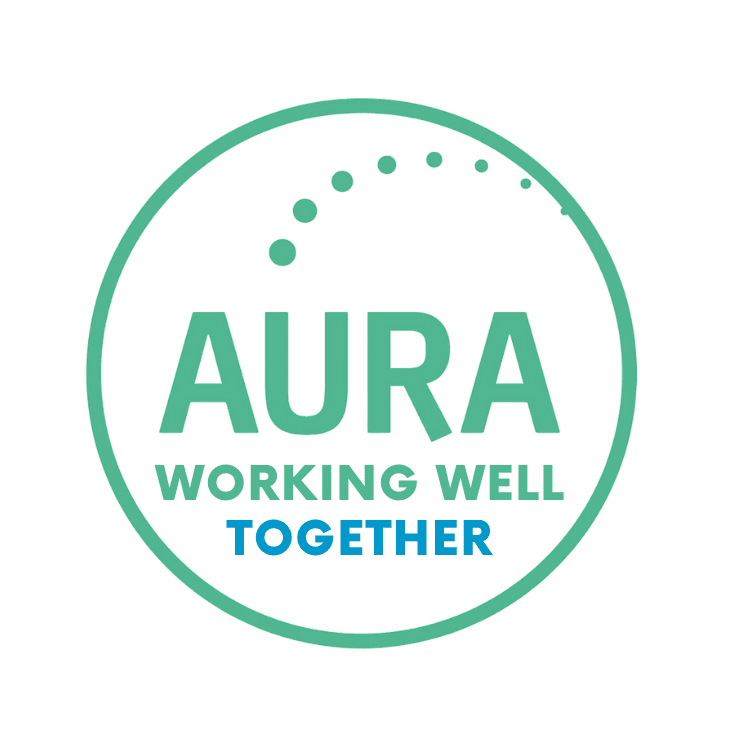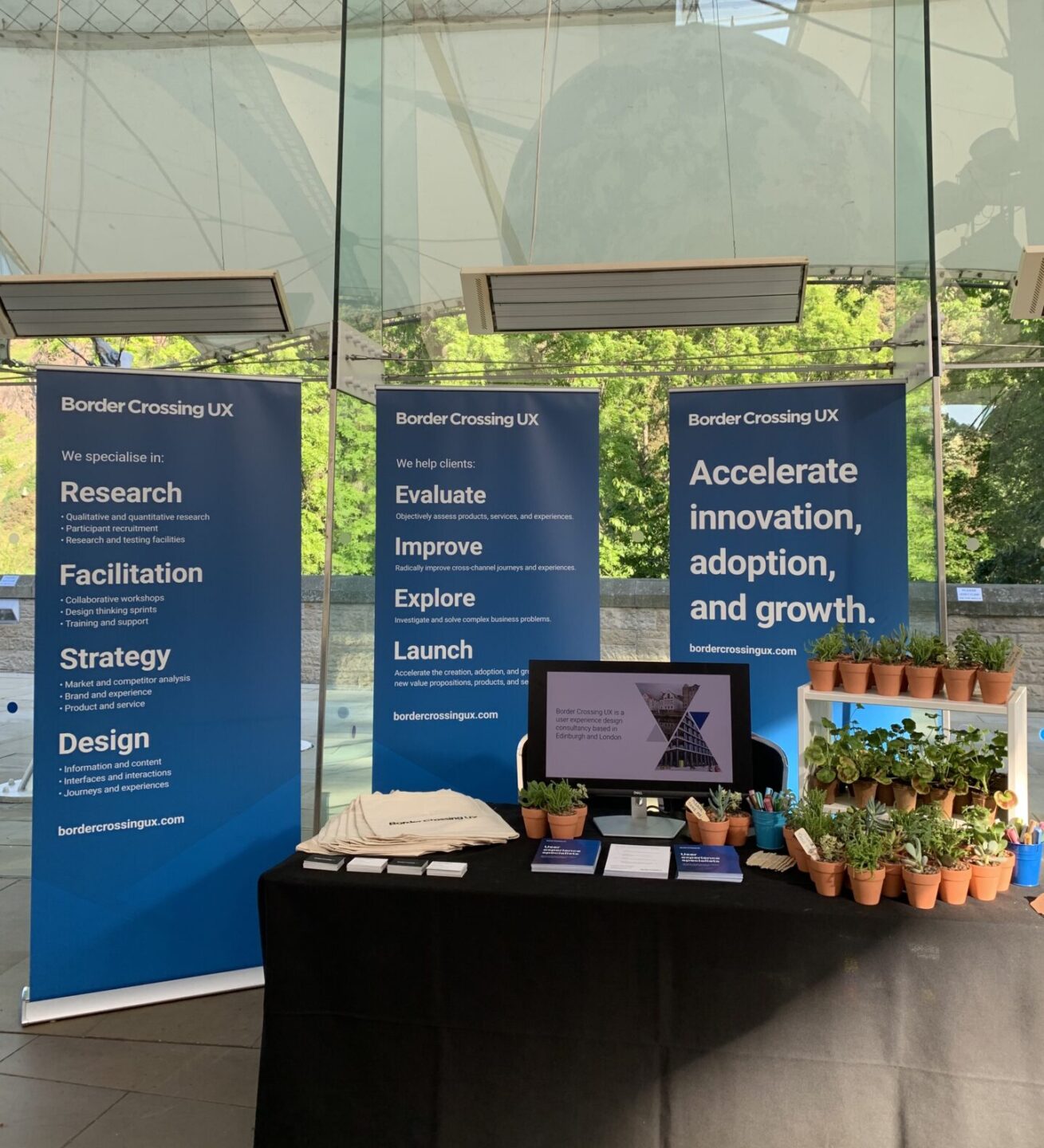This is a question we are often asked by prospective clients. Normally a quick conversation is enough to convey its importance and the fundamental role it plays in the design and technical projects we undertake.
Seeing is believing
If that doesn’t work we’ll ask that person to partake in a quick and dirty test. If we can’t do this in person we’ll do it remotely by setting up a screen sharing session via Skype and then asking them to complete 3 tasks on their own website.
Now you’d think because it’s their website they won’t run into any issues. But it really is surprising how usability issues and poor design can continue to frustrate even if you’re used to it.
Anyway the point is after each task has been completed we ask these three questions:
- How would you describe your feelings while attempting to complete that task?
- If you were a prospective customer how would you perceive the company that had delivered that experience?
- How would you make this task easier to complete?
More often than not this quick exercise is enough to convince any decision-maker that user research and usability testing is required to identify the problems they really should be attempting to address.
But even when we’ve managed to show the value of user research and testing in the early stages of a project we’re often still faced with having to explain why research (which for us always involves testing) is necessary throughout the project.
Validation, validation, validation
We deal with this by showing how the analysis of our research provides context for all project decisions. Using past examples we then show how context can and has reduced the risk of making costly mistakes and changes. And this is something that most decision-maker’s end up appreciating.
Put simply if user research is needed to identify the problems to be addressed then testing is also required throughout the project process to understand whether or not a suitable solution has been found.
Rather than designing for ourselves or the people who will sign-off on the project we will all constantly be kept on the straight-and-narrow by the people that matter – the one’s using the interface, website or application.
Times, they are a changing …
The other point to remember in all of this is that user research and usability testing need not cost the earth. Eye-tracking and usability labs have their place but the costs of these can be prohibitive. At the other end of the scale remote usability testing tools and properly constructed surveys can deliver actionable insights for a fraction of the cost. What’s more with the requisite training clients can soon internalise this work.
Bottom line feedback is good and obtaining it has never been so affordable. If you’re undertaking a creative or technical project we’d certainly suggest you insist on ring-fencing some of your budget for research even if this means reducing the project’s scope. Of course every project is different but our in-house rule of thumb is to try and allocate somewhere between 20-40% on research and testing. It sounds a lot but it certainly reduces risk and we all know that there’s always plenty of that whatever the project.


